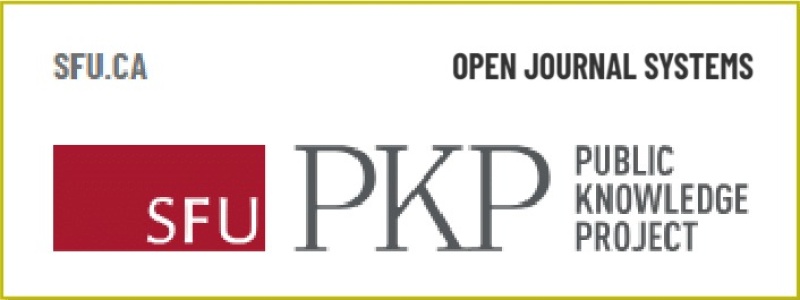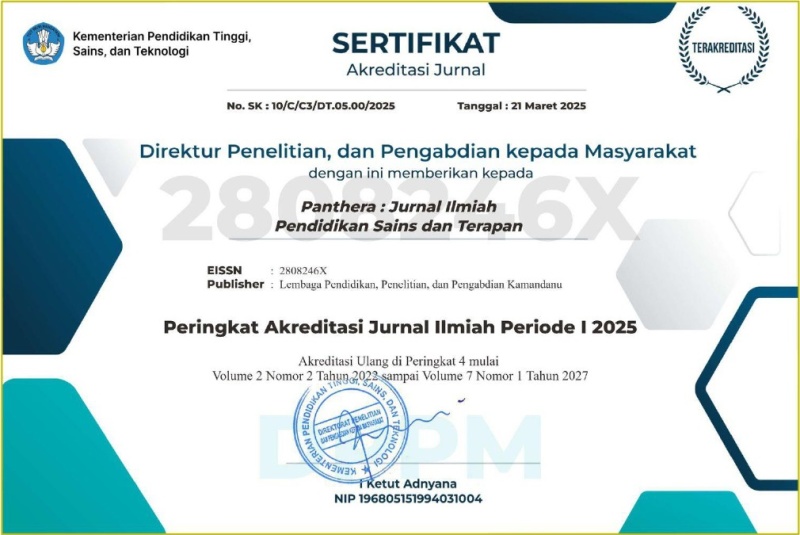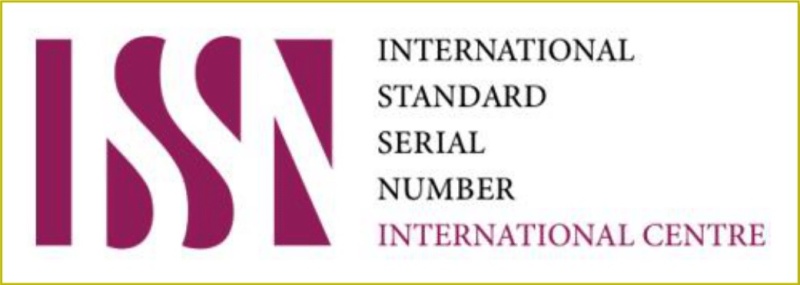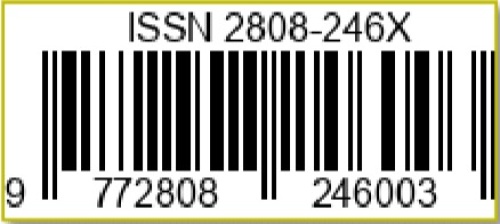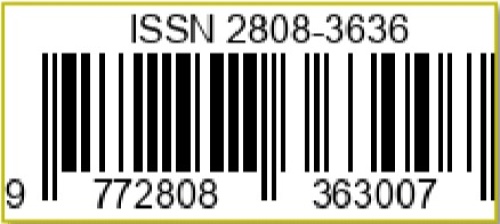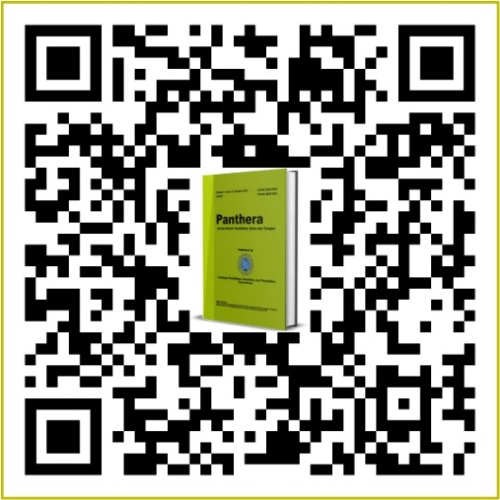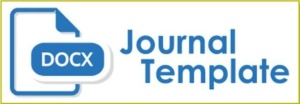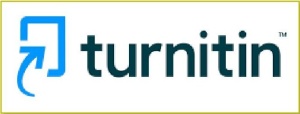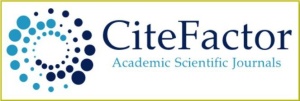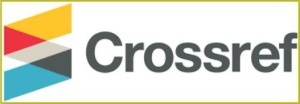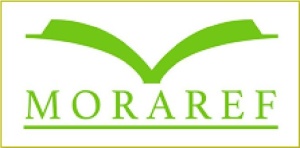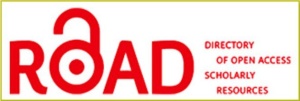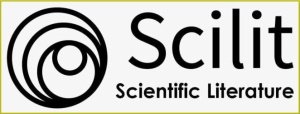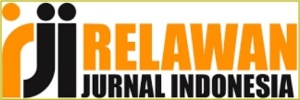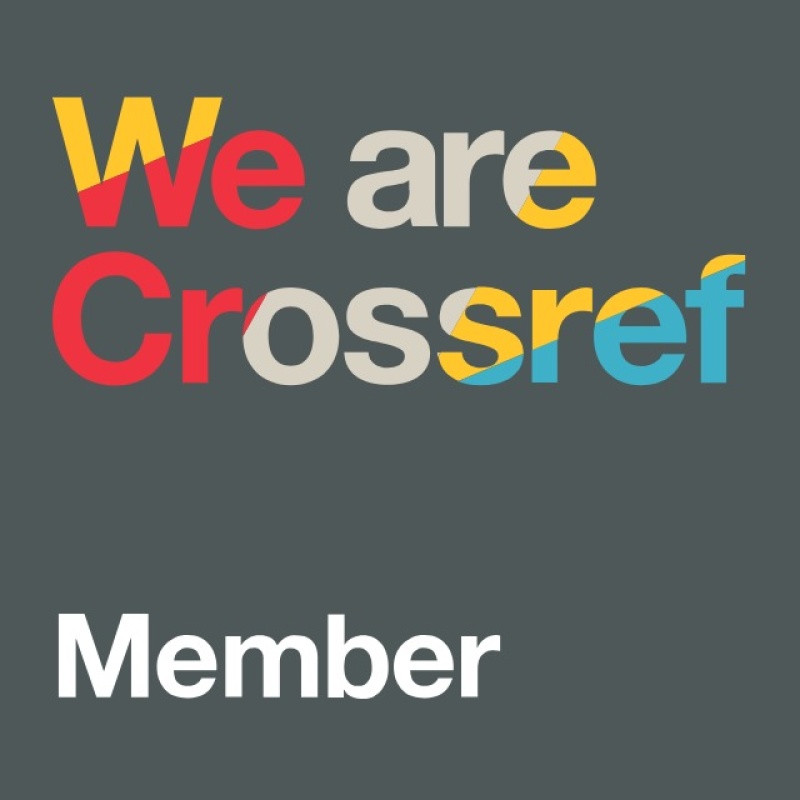Penerapan Model Pembelajaran Berbasis Masalah untuk Meningkatkan Pemahaman Konsep Segi Empat pada Siswa Kelas VII MTs. Islam Darunnadwah Tahun Pelajaran 2022/2023
DOI:
https://doi.org/10.36312/panthera.v3i3.197Keywords:
Problem-Based Learning Model, Conceptual Understanding, Quadrilateral.Abstract
The implementation of learning so far has only been carried out by teachers by providing material conventionally, this has happened during learning at MTs. Darunnadwah Islam which has an impact on the lack of activity and interest of students when learning Mathematics in class, the lack of students' ability to absorb and understand the material provided by the teacher is shown in the low student learning outcomes. The purpose of this study was to find out how the application of problem-based learning models can improve the understanding of the quadrilateral concept in class VII MTs students. Islamic Darunnadwah for the 2022/2023 academic year. This type of research is Classroom Action Research (CAR), which consists of two cycles. The instruments used are observation sheets and tests. From the research that has been done, it shows that there is an increase in students' understanding of concepts, namely in cycle I the average score of students' understanding test results is 75.00 with a completeness percentage of 67.65% because their classical mastery has not yet reached an indicator of success in research, namely 85%, so it is continued to cycle II. Whereas in cycle II the average student understanding test result was 76.29 with 91.17% completeness. For data analysis of student learning activities increased from quite active to very active, so that in this study it was concluded that the application of a problem-based learning model could increase the understanding of the quadrilateral concept in class VII MTs students. Islamic Darunnadwah for the 2022/2023 academic year.
Downloads
References
Arianti. (2018). Peranan Guru dalam Meningkatkan Motivasi Belajar Siswa. Didaktika : Jurnal Kependidikan, 12(2), 117-134. https://doi.org/10.30863/didaktika.v12i2.181
Djamaluddin, A., & Wardana. (2019). Belajar dan Pembelajaran : 4 Pilar Peningkatan Kompetensi Pedagogis. Parepare: CV. Kaaffah Learning Center.
Emda, A. (2017). Kedudukan Motivasi Belajar Siswa dalam Pembelajaran. Lantanida Journal, 5(2), 172-182. https://doi.org/10.22373/lj.v5i2.2838
Kamarullah. (2017). Pendidikan Matematika di Sekolah Kita. Al Khawarizmi : Jurnal Pendidikan dan Pembelajaran Matematika, 1(1), 21-32. https://doi.org/10.22373/jppm.v1i1.1729
Maryati, I. (2018). Penerapan Model Pembelajaran Berbasis Masalah pada Materi Pola Bilangan di Kelas VII Sekolah Menengah Pertama. Mosharafa : Jurnal Pendidikan Matematika, 7(1), 63-74. https://doi.org/10.31980/mosharafa.v7i1.342
Mu’alimin., & Cahyadi, R. A. H. (2014). Penelitian Tindakan Kelas : Teori dan Praktik. Pauruan: Ganding Pustaka.
Ningsih, S. (2014). Realistic Mathematics Education: Model Alternatif Pembelajaran Matematika Sekolah. Jurnal Pendidikan Matematika, 1(2), 73-94. http://dx.doi.org/10.18592/jpm.v1i2.97
Permatasari, R. (2018). Faktor-faktor Penyebab Rendahnya Motivasi Belajar Peserta Didik pada Mata Pelajaran Pendidikan Agama Islam di SMP Guna Dharma Bandar Lampung. Skripsi. Universitas Islam Negeri Raden Intan Lampung.
Radiusman. (2020). Studi Literasi: Pemahaman Konsep Siswa pada Pembelajaran Matematika. FIBONACCI : Jurnal Pendidikan Matematika dan Matematika, 6(1), 1-8. https://doi.org/10.24853/fbc.6.1.1-8
Siagian, M. D. (2016). Kemampuan Koneksi Matematik dalam Pembelajaran Matematika. MES : Journal of Mathematics Education and Science, 2(1), 58-67. https://doi.org/10.30743/mes.v2i1.117
Undang-undang Republik Indonesia Nomor 20 Tahun 2003 tentang Sistem Pendidikan Nasional. 2003. Jakarta: Pemerintah Republik Indonesia.
Utari, D. R., Wardana, M. Y. S., & Damayani, A. T. (2019). Analisis Kesulitan Belajar Matematika dalam Menyelesaikan Soal Cerita. Jurnal Ilmiah Sekolah Dasar, 3(4), 534-540. https://doi.org/10.23887/jisd.v3i4.22311

Downloads
Published
How to Cite
Issue
Section
License
Copyright (c) 2023 Sabrun

This work is licensed under a Creative Commons Attribution-ShareAlike 4.0 International License.
-
Attribution — You must give appropriate credit, provide a link to the license, and indicate if changes were made. You may do so in any reasonable manner, but not in any way that suggests the licensor endorses you or your use.
-
ShareAlike — If you remix, transform, or build upon the material, you must distribute your contributions under the same license as the original.

